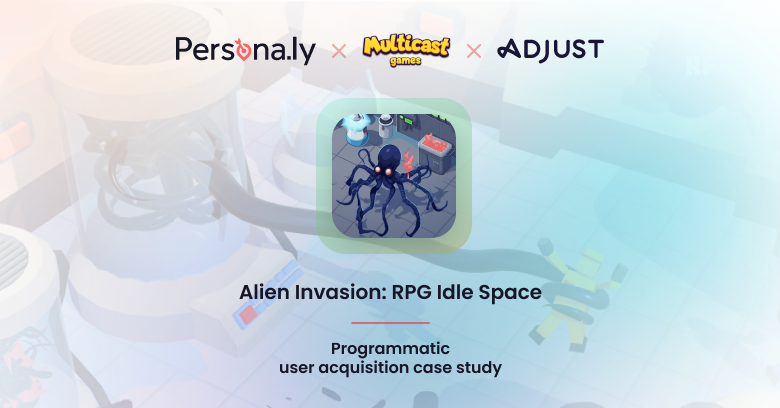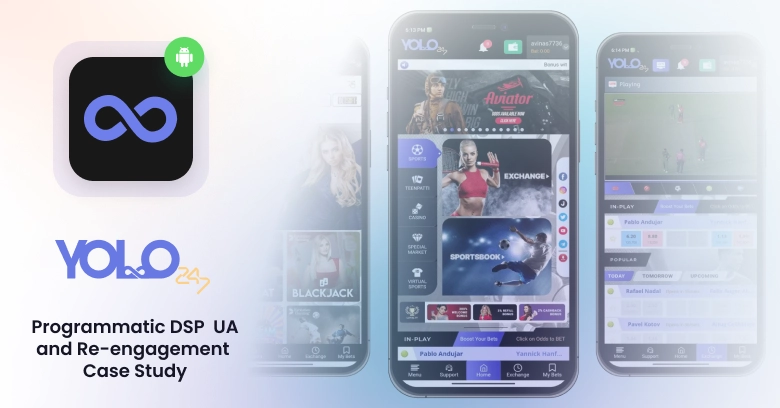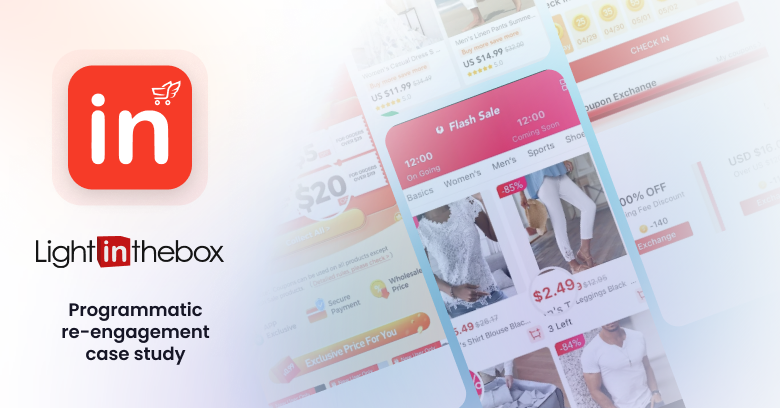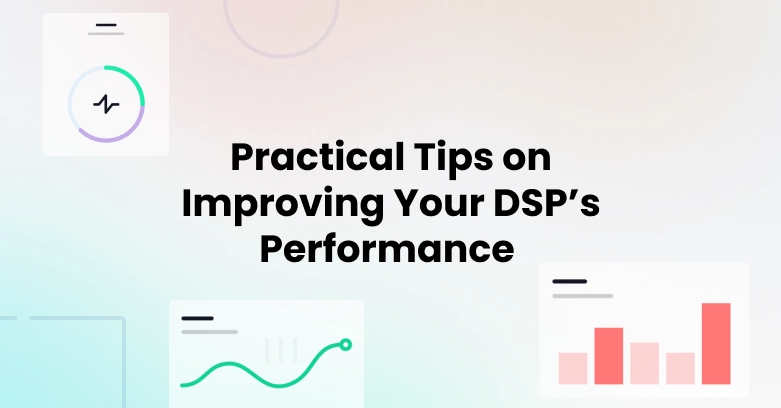
Ad blockers are coming
The rising of Ad-Blocking products on the web and mobile sphere and its impact on our browsing habits
 It was really exciting to hear that Brendan Eich, the inventor of Javascript and former CEO and Co-Founder of the Mozilla project has released a new browser that will work on desktops and mobile devices, and that its main feature is… Ad-Blocking.
It was really exciting to hear that Brendan Eich, the inventor of Javascript and former CEO and Co-Founder of the Mozilla project has released a new browser that will work on desktops and mobile devices, and that its main feature is… Ad-Blocking.
Yes, Ad-blocking has become one of the hottest trends. Aside from standalone extensions for Ad-blocking, you can now find companies that provide third party tools for other products in order to block ad oriented scripts. These tools blacklist ad servers and can prevent the website’s integration of ads by blocking calls to these servers without the user’s involvement. More and more users prefer their content free of ads and more unique solutions are being developed every day. So meeting a browser that its main goal is to let you browse free of ads was just a matter of time.
But with all this excitement, one important thing has been forgotten: ads are the main income for content publishers and mobile apps. Helping users avoid them is equal to helping users steal content from the publishers. Websites and apps are being made with love, talent and passion, and giving it for “free” means publishing it for the chance that 10% of the visitors will click on the ads, hoping that this will help make enough money to keep this activity up and running.
In a way, downloading music and movies means “stealing” them, and using an Ad-blocker means “stealing” content. And just like a lot of internet users don’t mind “stealing” music and movies, they also don’t mind “stealing” content, and so having an Ad-blocker on every browser and mobile device is just a matter of time.
When a user “steals” a song or a movie, he has no direct relationship with the author of the content. He usually grabs it from another user’s hard disk or some common cloud-based data.
However, when a user views content on a website he is actually a guest in the author’s house. This house is made of a code and graphics that were paid to be done. He visits his page and views content that was compiled with love, while consuming bandwidth that someone pays for. More than that, he interacts with the content by leaving comments, sharing it and doing more actions that were not part of visiting a webpage 10 years ago. When this “new” visitor uses an Ad-blocker he provides nearly zero ROI. He consumes content which is translated to a cost for the website owner, but doesn’t click on any ads in exchange for that, and unknowingly hurts the website he is so involved in.
Content today suffers from big competition. The cost for acquiring users constantly increases, and covering these expenses shouldn’t be damaged by products that help users steal content.
 In battle, there is a time for every step. An interesting action is being taken lately in which big websites in France are starting to block Ad-blocker users. This action is fair enough – if you are consuming my content, you need to play by my rules or leave. Just as it is unacceptable not to pay for a newspaper or a meal at a restaurant, it is surely unacceptable to decide how to behave when you visit a website. When we consume social content we pay attention to what we write and what we post in our comments on other’s posts since we need to obey the rules of Facebook or YouTube.
In battle, there is a time for every step. An interesting action is being taken lately in which big websites in France are starting to block Ad-blocker users. This action is fair enough – if you are consuming my content, you need to play by my rules or leave. Just as it is unacceptable not to pay for a newspaper or a meal at a restaurant, it is surely unacceptable to decide how to behave when you visit a website. When we consume social content we pay attention to what we write and what we post in our comments on other’s posts since we need to obey the rules of Facebook or YouTube.
The same should be when we consume any other kind of content, we can’t change the site’s code in order to make it serve us in another way without the website’s owner permission. This is actually part of the ‘terms of use’ published on the websites which no one ever reads. While you ask others to respect your rules when it comes to your domain, it’s only fair that it will apply both ways.
One fact about Ad-blockers may surprise you – while you think that they “free” you from seeing ads, it can actually be a better way to follow you and show you more targeted ads which are pre “whitelisted” from ad servers in exchange for payment (yes, Ad-blockers take money from ad servers to “whitelist” their ads and pass them through to the user). It’s not surprising that a service that its impact is reducing the income of publishers will make its own income from the user’s privacy, and in such sneaky ways. In a way, ad services and content creators are simply “hostages” of Ad-blocking services.
Users don’t want ads – What are the main reasons for that?
It slows their content consumption
It’s very annoying to wait until an ad comes up and to be redirected before getting to the content the user wants to see (these ads are called interstitial ads). Moreover, a mobile user expects a fast response to his actions. However, usually when sites display ads they call upon other services and this action can take some time, delaying the content from being presented immediately.
It blocks the user’s access to the content he is interested in
A user sees an interesting title on Facebook, clicks it and…now he needs to watch an ad. And with every click he sees another ad, unlike when he watches TV where he views batches of commercials at a time.
It feels intrusive
People’s awareness for privacy highly increased in the past few years. We live our personal life on Facebook and expect some sort of privacy. However, in exchange for free use we are exposed to very smart and targeted advertising on our feed that derives from all of our activity on the social network, and then even one cookie can drive us nuts. For example, when we notice that we are being “targeted” across websites with our last search to the upcoming vacation that keeps showing up no matter where we go (even after we already ordered it).
There are 3 main forms of Ad-blockers:
- Extension – the user adds some extension to his browser which knows to detect places on the website structure that are suspected as placeholders for ads and blocks the content inside them. This is the most common form of Ad-blockers.
- Software – as a standalone software or as a service from another running software. It works the same as extensions do, but can work on all browsers and on any other app or software that shows ads on your desktop.
- ISP Level Service – this is the most hard to fight form of Ad-blocking services. When the ISPs themselves use Ad-blocking services it is automatically activated for all of their users.This lets the ISPs save a lot of money on their cost of the internet data that they offer their users. Though it’s threatened by regulations that forbid the ISP to make any change or restriction to the user’s browsing requests, it is still very popular. Detecting and bypassing this method is very hard for services which are trying to bypass Ad-blockers, but it is possible.
So what can be done? What solutions will rise next for publishers?
Use of services that bypass Ad-blockers
In case the Ad-blocker is an extension, it’s mostly doing its job by working with client side scripting on the website’s structure. There are many services today that can help website owners and publishers bypass the Ad-blockers by adding small JS code to their scripts and web pages.
Blocking users that use Ad-blockers
Websites will identify users that use Ad-blockers, mark them (in case they are registered users) and ask them to remove the extension or to whitelist their website on the extension’s preferences in exchange for access to the content. While it sounds aggressive – it’s a war, and only if big websites will stand together then Ad-blockers will lose this war. This is now happening in France, and happened last year in Germany, leaving the users with no choice but to remove the extensions.
Offline and pre-embedded Ad severing
It’s pretty reasonable that when it comes to narrow inventory, which is lead by well targeted users, then placing the logic of what to show to who and when will be on the website code itself. In case websites will implement such a solution in their code, then both client side level Ad-blockers and ISP level Ad-blockers won’t be able to recognize sponsored content which was pre-embedded inside the website for the end user. Additional option that publishers and website owners have in order to “whitelist” their ad server is defining “A Record” pointing to the ad servers from their DNS so it won’t be recognized as an Ad server. This solution has its own downsides of course.
Payment for content
While users hate to pay – publishers hate to lose money. No one will make content for free, so if you don’t see ads you will be asked to pay for the content. Options vary from a yearly subscription to a one time micropayment. Imagine you could pay 1 cent to read a good article – would you care? The publisher will have thousands of visits paying one cent each – good deal no? Adblock Plus has actually just launched such feature which encourages their users to pay for websites that they visit most instead of having them for free with ads. Lets not forget – you pay to consume content from your mobile, and pay to use apps and games on your mobile, so why not make a micropayment in order to read an article? Moreover, maybe you will start to pick what you read.
Incentivized actions
It is more and more likely that the rise of incentivized advertising will take place also where content is being consumed. If a user doesn’t want to pay for content, he will be offered to use options from an offer wall, such as downloading an app or watching a video in exchange for being free from ads.
Go Native
Persona.ly Native Ads
 Users are annoyed by ads and they use Ad-blockers since their browsing experience has been extremely damaged by some publishers taking it too far. There are great examples where ads are well embedded in a way that it looks part of the news feed or that it was well combined with the graphical elements of the game or app by getting the ad’s content using an API and dressing it up as part of the app.This way of showing ads is called “Native Advertising”. Not only do these ads bring great conversion rates, they also provide a better user experience and help the sponsored content to go under the radar of Ad-blockers.
Users are annoyed by ads and they use Ad-blockers since their browsing experience has been extremely damaged by some publishers taking it too far. There are great examples where ads are well embedded in a way that it looks part of the news feed or that it was well combined with the graphical elements of the game or app by getting the ad’s content using an API and dressing it up as part of the app.This way of showing ads is called “Native Advertising”. Not only do these ads bring great conversion rates, they also provide a better user experience and help the sponsored content to go under the radar of Ad-blockers.
To sum up, Ad-blocking war has began. No one knows how it will end but it seems like it will be a long run with a lot of ups and downs for both sides. No wonder we already start seeing anti-ad blocker-blocker solutions rising up.











